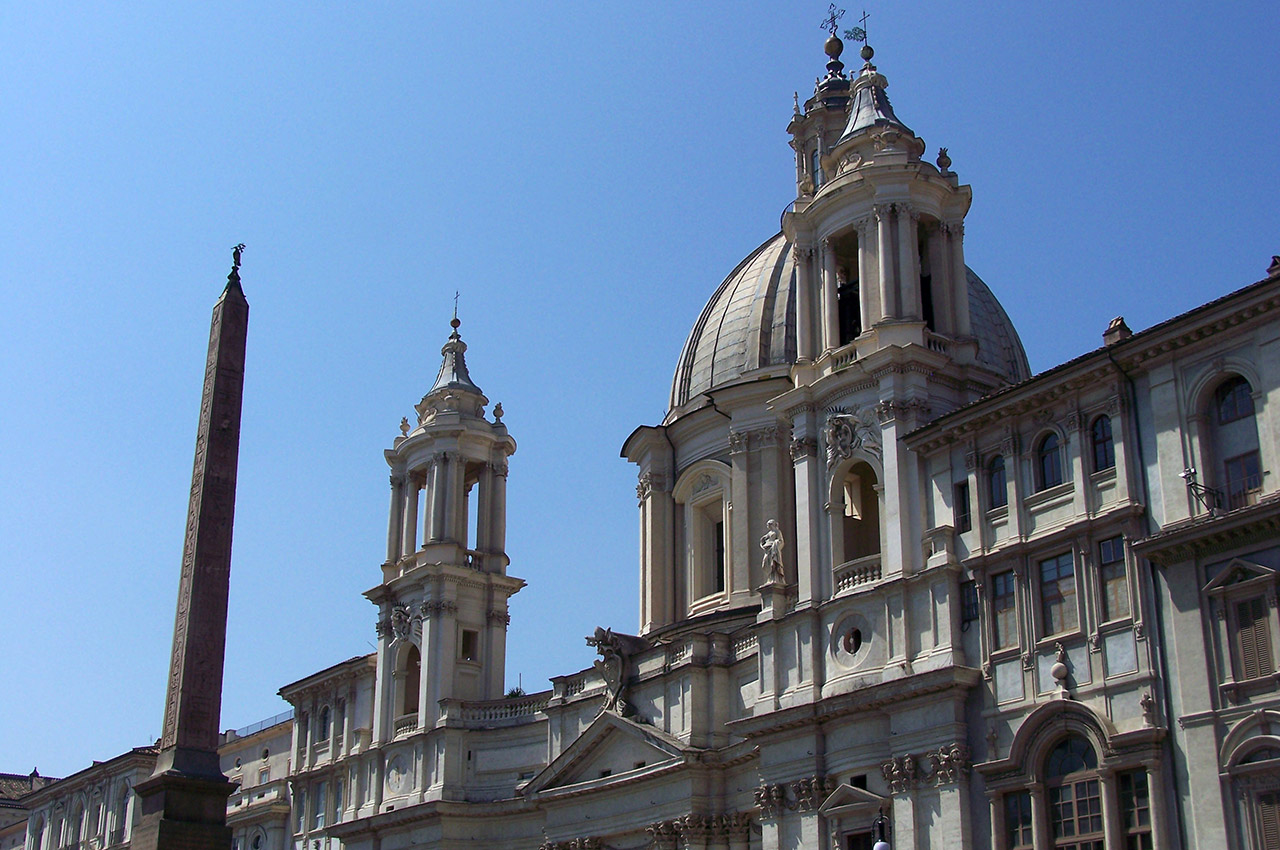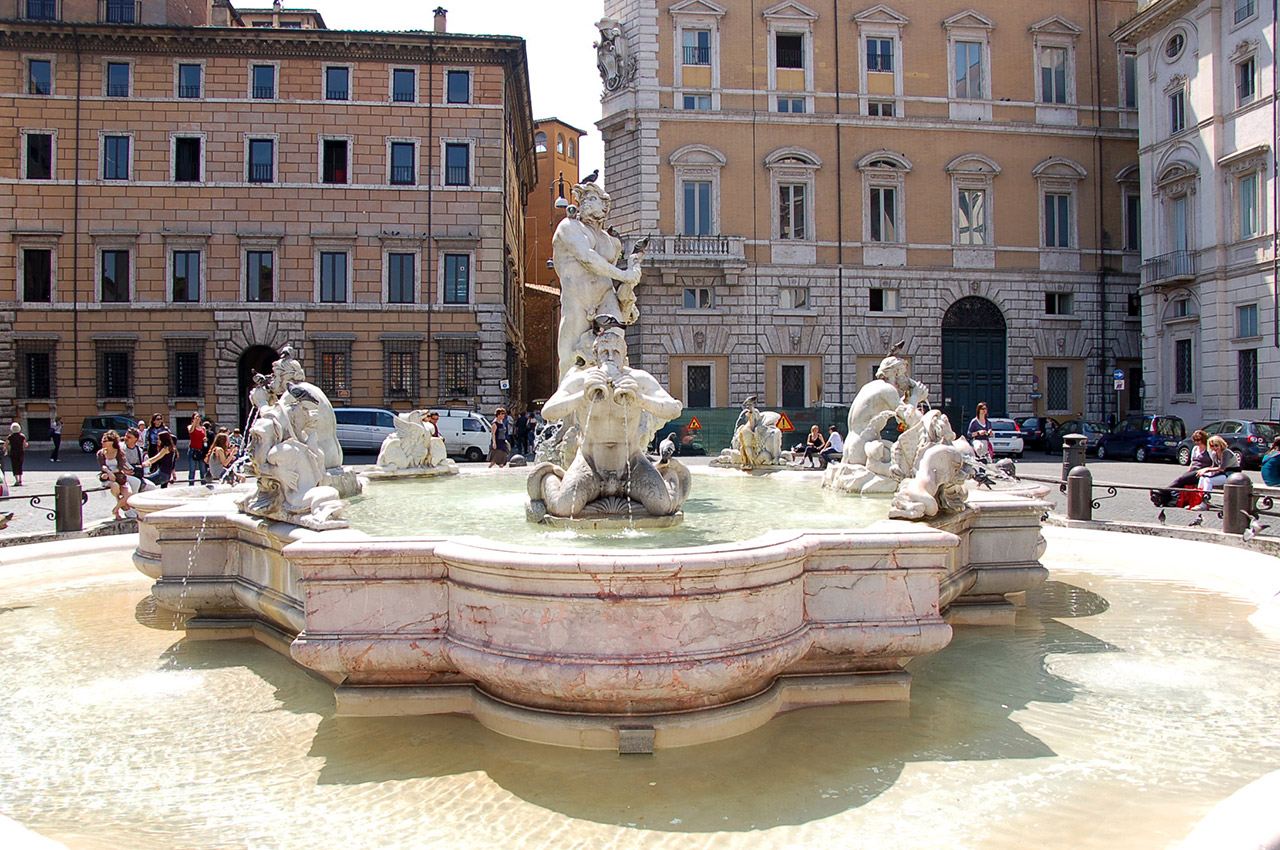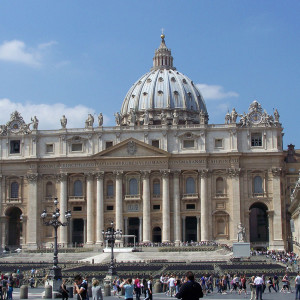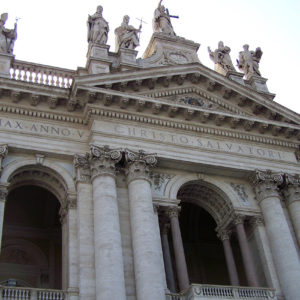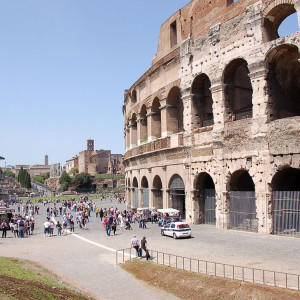10 April 2016
St Peter’s Basilica, Catholicism’s largest religious monument
St. Peter’s Basilica in Rome, which we’ve been admiring for almost five hundred years, is the successor to a first religious monument, a historically significant edifice, erected in 319 at the request of Emperor Constantine, on the site where St. Peter was to be buried. It was consecrated in 326 by Pope Sylvester I.
